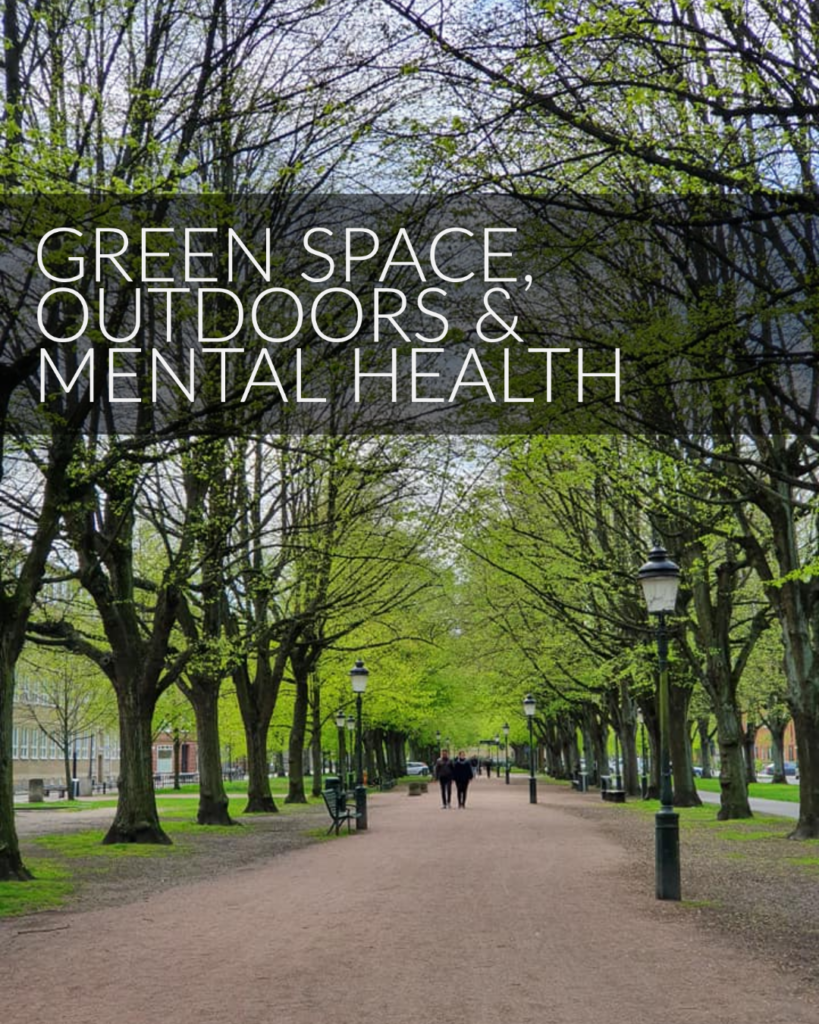‘Pedestrian Space’ is a platform dedicated to issues related to the central role of walkability in sustainable urbanism.

One of the key sustainable transitions in the urban context occurring right now relates to mobility, not solely in a physical re-designation of pavement space but also in shifts of awareness, decision making and planning.
“Walkability” is a focal theme for urbanism in the 21st century and for the continued development of sustainable cities.
2020 in particular was a watershed moment for streets and sidewalks. Restrictions related to COVID-19 led to experiments around the globe in closing streets in both temporary and permanent measures to reallocate public space for human mobility and spatial needs.
A worldwide reimagining of the use of public space resulted in real-life transformation as municipalities around the world began to designate roadways and passages, often previously reserved for cars, to priority for pedestrians and cyclists.
In creative as well as economically driven efforts to continue business with new physical distancing recommendations, businesses globally began to use pavement areas in the spatial extension of their services.
This paradigm shift is key to the development of sustainable cities and requires change not only in the physical realm but also within mindsets and perspectives on the purpose of public space.
Read about Collaborations & Partnerships here
The following function as “snapshots” into themes of focus at ‘Pedestrian Space’.













